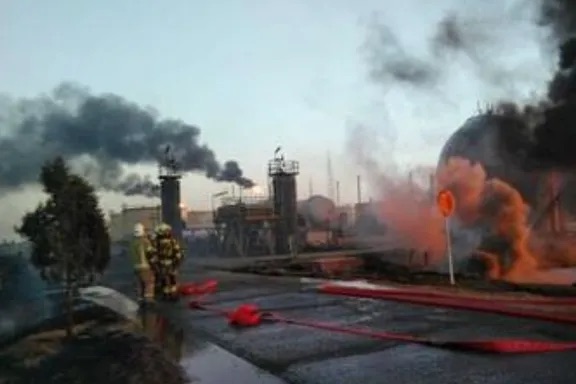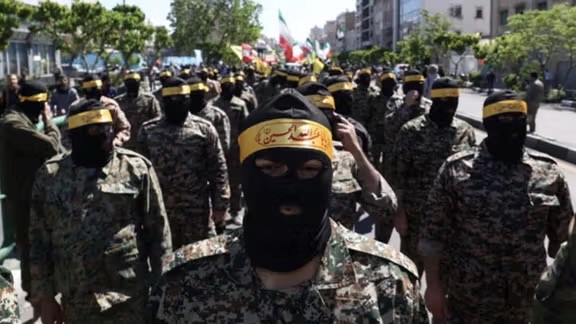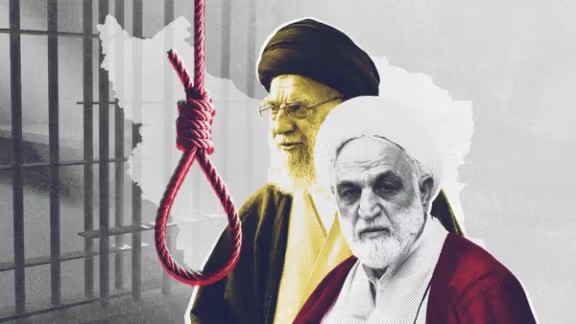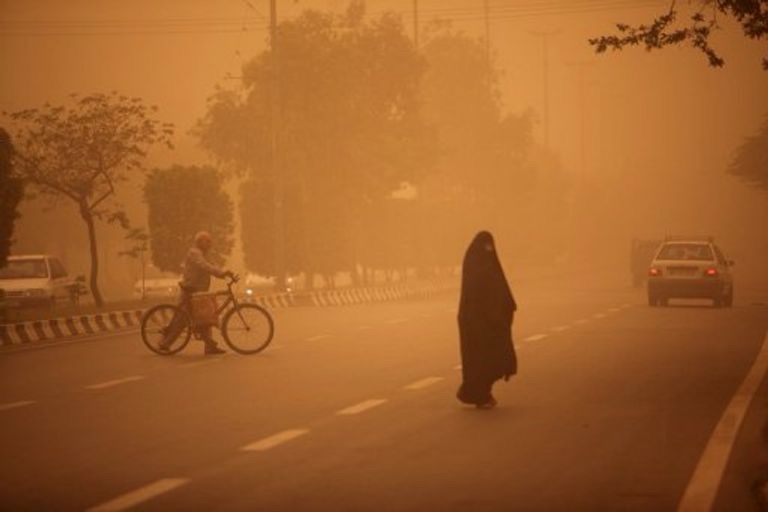
The death toll from a toxic gas leak at Shiraz Refinery in southern Iran has risen to three, according to Hojjat Rezaei, the Deputy Governor for Political and Security Affairs in Fars Province. The incident, which occurred on Saturday, May 31, initially left two workers dead and nine others injured. Rezaei later confirmed that a third victim succumbed to injuries sustained from inhaling hydrogen sulfide (H₂S) gas.
Authorities have attributed the tragedy to “negligence and failure to follow technical procedures,” which led to the release of the lethal gas and the resulting casualties.
Saeed Nazari, the local governor of Zarghan district, stated that teams from civil defense, environmental health, and the Department of Environment were dispatched to the site. Using digital monitoring equipment, they assessed the gas levels both at the refinery and in nearby residential areas, concluding that contamination had been cleared.
A Pattern of Industrial Accidents and Official Negligence
This incident is the latest in a string of industrial accidents that have plagued Iran in recent months. While officials often cite human error and negligence, the frequency and severity of these events raise broader questions about safety standards and crisis management within the country’s industrial infrastructure.
In March, a massive fire broke out at the Abadan Refinery, reportedly caused by a lightning strike hitting a heavy oil storage tank. Before that, on February 25, a fire occurred at the Shazand Arak Refinery (Imam Khomeini Refinery), though no casualties were reported.
Another deadly incident took place on April 29, when an explosion at a warehouse belonging to “Ava Nar Parsian” in Isfahan Province killed two people and injured others. The company, which produces pyrotechnic and explosive materials, operates under the oversight of Iran’s Supreme National Security Council.
Perhaps the most alarming event came on April 26 in Bandar Abbas, where a powerful explosion at Rajaei Port caused tremors felt up to 50 kilometers away, shattering windows across the city. The blast coincided with the third round of negotiations between Iran and the U.S. in Muscat. According to official figures, the explosion left at least 58 people dead. Authorities have yet to provide a clear explanation for the cause of the disaster.
These recurring incidents highlight a troubling pattern of poor safety oversight, inadequate emergency response, and a culture of opacity. Rather than providing transparent information or accepting responsibility, Iranian officials have consistently downplayed the severity of events, undermining public trust and leaving many questions unanswered.



